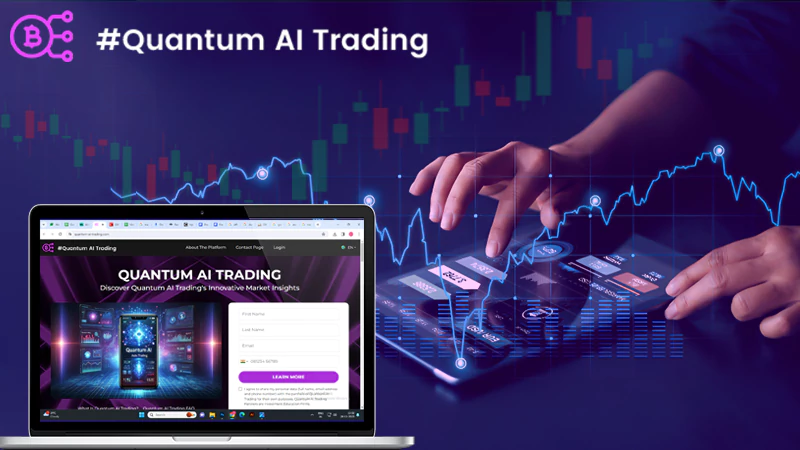What are the Indicators Used for Stock Trading?
Stock trading has taken the bigger stage ever since the coronavirus pandemic and everything happening online. Do you know how many beginner investors joined the run at stocks? There has been more than 142 lakh of new investors that joined the market in Covid times. Along with all of these new crowds, there are so many stock market components that have taken the rise, too, such as technical stock indicators. So, if you are a new investor in the stock market – you need to know about these technical stock indicators (they will always come in handy).
What are Trading Indicators?
When you are interested in trading in the stock market, it would always be helpful to use technical indicators as a part of your trading strategy.
Now, if you are wondering what these indicators are, they are mathematical calculations that are plotted as lines on a price chart and could assist traders in identifying certain signals and trends within the market.
There are varied types of trading indicators, which are inclusive indicators and lagging indicators. So, after you find out how to buy shares online, the very next thing that you need to know is the indicators that are used in share trading.
Let us look at the most famous indicators used in the stock market today, shall we?
Top Stock Trading Indicators
These are some of the best indicators that you can make some great use of when investing in the stock market.
1. Moving Average Convergence and Divergence
Moving Average Convergence and Divergence is a trend-identifying indicator that would tell you if the trend is going to continue or reverse. It has two lines, the MACD line, and the signal line.
2. Moving Averages
Moving averages are lagging technical indicators that are utilized to identify the ongoing trend. The most famous average periods are 10, 20, 50, 100, and 200 moving averages. Moving averages could be a simple moving average, exponential moving average, and weighted moving average. When the price moves above the moving average, the ongoing trend is known to be an uptrend, whereas the prices move below the moving average, then the ongoing trend is known to be a downtrend.
3. Channel Commodity Index
The channel commodity index is one of the technical indicators that measure the distinction between the current prices and historic prices. It has a reading of 100 to -100. When it moves from the negative to near 100, then the prices are known to be bullish. If it moves from positive to near -100, then the prices are known to be bearish.
4. Relative Strength Indicator
A Relative Strength Indicator is a momentum oscillator that measures the magnitude of change in the recent price. The Relative Strength Indicator has a reading from 0 to 100. It mentions to the trader whether the prices are in the overbought or oversold region. Above 70 is known to be an overbought zone, and below 30, it is known to be an oversold zone.
5. Bollinger Bands
Bollinger Bands is a volatility indicator that considers three bands where the first and the third and is +2, and -2 standard deviation and the middle band is the 20 days simple moving average – when the volatility in the stock increases, the bands expand when the volatility in the stock reduced the band’s contracts.
6. Stochastic Indicator
A stochastic oscillator is a momentum oscillator where it looks at the most recent closing price as a percent of the price range. It oscillates in 0-100 values. Here above 70 is known to be an overbought zone, and below 30 is known to be the oversold zone.
7. William %R
William %R is a momentum oscillator that behaves the same as the stochastic indicator. It oscillates in 0-100 values where above 70 is known to be an overbought zone and below 30 is known to be the oversold zone.
8. Super Trend
A super trend is typically a trend following indicator that is plotted on price. It is built with just two parameters- period and multiplier. The default parameters are ten true average ranges and 3 for its multiplier. If the dots are above the prices, then the trend is known to be bearish. If the dots are below the prices, then the trend is known to be bullish.
9. Volume
The volume price trend indicator is utilized to determine the balance between the stocks’ demand and supply. The change in percent of the share price trend represents the relative supply or demand of a specific stock, whereas volume indicates the force behind the trend.
The indicator is similar to the on-balance volume indicator, which measures cumulative volume.
10. Open Interest
Open Interest means the number of outstanding derivative contracts in the market. It is a crucial indicator to determine if the ongoing trend would continue or reverse. When the price increases along with the volume and open interest, it indicates bullishness in the market. When the price decreases with the open Interest and volume falling down, it indicates that the market is bottoming.
Conclusion
Now, you have to know that you cannot just rely on indicators alone. You would have to consider several other components along with these.
Follow Us
Latest Post
















